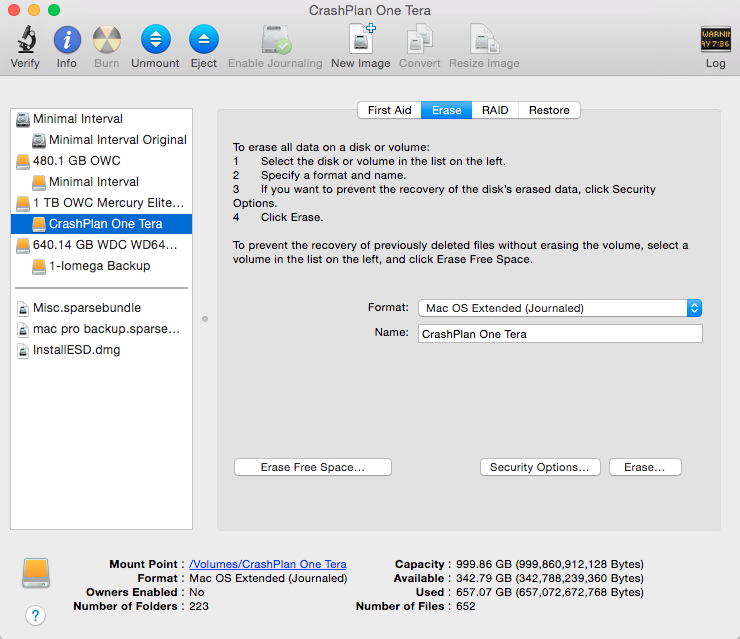
- #How to remove files from mac startup disk how to
- #How to remove files from mac startup disk upgrade
- #How to remove files from mac startup disk free
It already comes with 50GB of storage space. An iCloud storage plan starts at $0.99 per month. As soon as you exceed your storage limit, you will need to purchase more iCloud storage space or manually delete unnecessary files. Storing files in your iCloud will use up the storage space you have available in your iCloud storage plan. When there is a shortage of storage space, only the attachments and messages that you have recently opened are saved on your Mac. This allows you to store attachments and messages in the iCloud Messages location. If you have limited storage space, only the optimized versions of photos and videos are made accessible to your Mac. This option allows you to store full-resolution media in the iCloud Photos location. This way, you can work easily while offline. When storage space is limited, only the files that you have recently accessed are kept on your Mac.

This allows you to store files from the Desktop and Documents locations on the iCloud drive.

If you click the Store in iCloud button, you will be presented with the following options: The general recommendations include the following: 1.
#How to remove files from mac startup disk how to
Next, click the Manage button to see recommendations on how to optimize your storage space.
#How to remove files from mac startup disk free
You should then see an overview of your disk’s free space and the total space consumed by other file categories, such as documents, photos, and apps. To begin with, go to the Apple menu and select About This Mac. Don’t worry because there are new tools and technologies that are designed to make it easier for you to find and remove unwanted or large files.

The first thing you should do is to ensure you have optimized or freed up the storage space on your Mac the right way. If you have deleted the files from your disk but it still shows as full, there are two solutions to try: optimize your Mac and create a backup. If there is not much storage space, you are definitely headed for bigger problems.īut what if you have deleted tons of files on your startup disk but it is not freeing up space? What should you do? What to Do If You Have Deleted Files but the Disk Space Still Shows as Full? About Outbyte, uninstall instructions, EULA, Privacy Policy.įor your startup disk to perform efficiently, it requires at least 10% of the disk space to be free.

Eventually, you will run out of storage space entirely. No matter how many times you delete junk and unwanted files with a Mac repair tool, your system will still respond slowly. So, when you encounter any error message related to the startup drive, it only means that your primary disk drive is running out of space and that is one bad news.Īt first, your Mac will start to perform slowly. This makes it the most important disk in your Mac. The startup disk is simply the hard drive that contains all your important system files, as well as your operating system. But what hurts the most is when you have already done everything but the disk space is not updating after deleting files.īefore we proceed with giving you possible fixes to your “disk space not freed up after deleting files” problem, let us start with the basics.
#How to remove files from mac startup disk upgrade
No matter how often you upgrade your hardware, there will come a time in your life when you encounter the message “Your startup disk is almost full.” Yes, this message will hit you really hard.


 0 kommentar(er)
0 kommentar(er)
